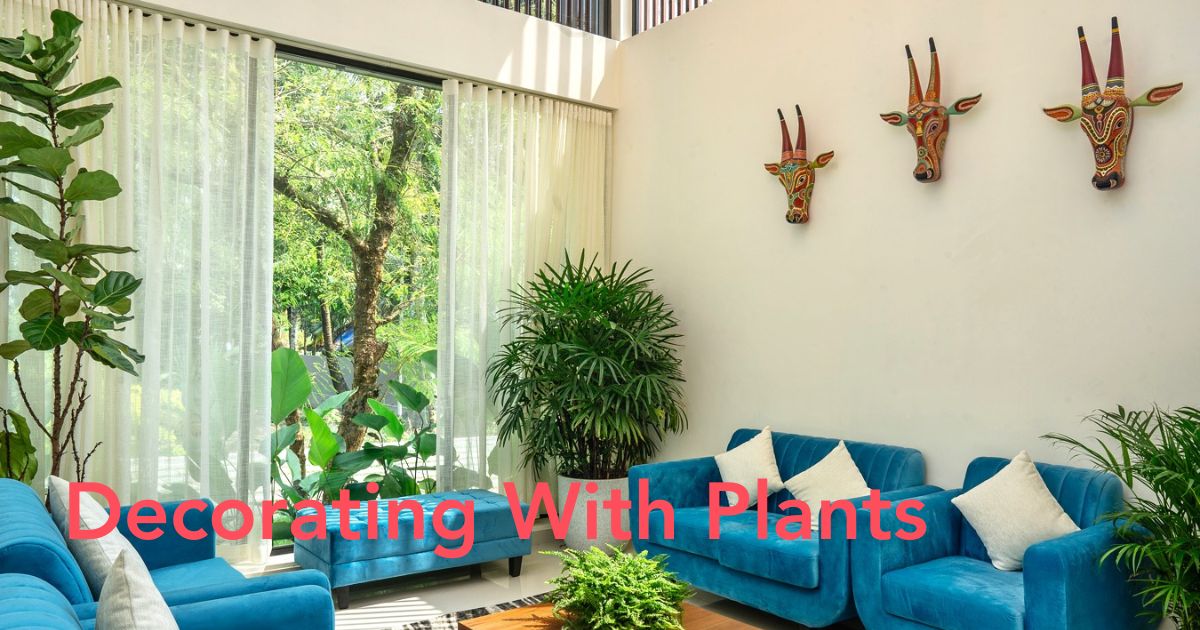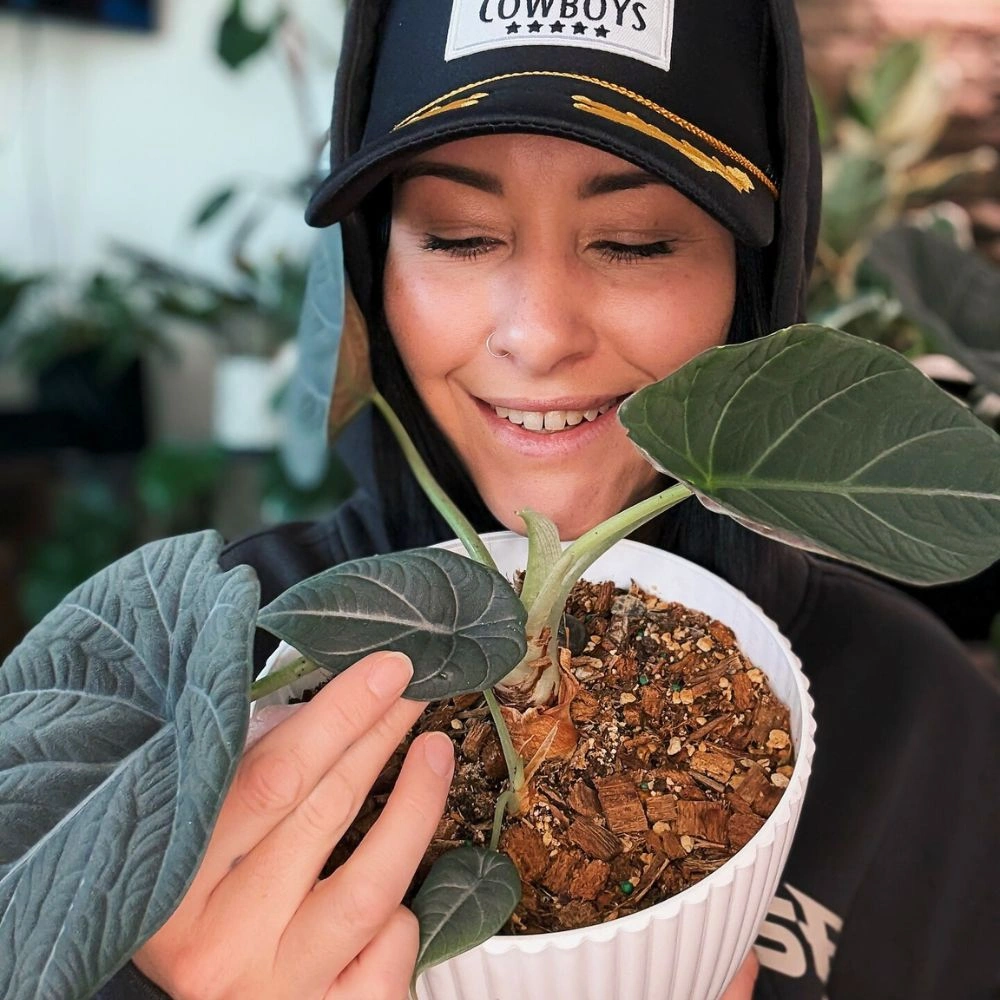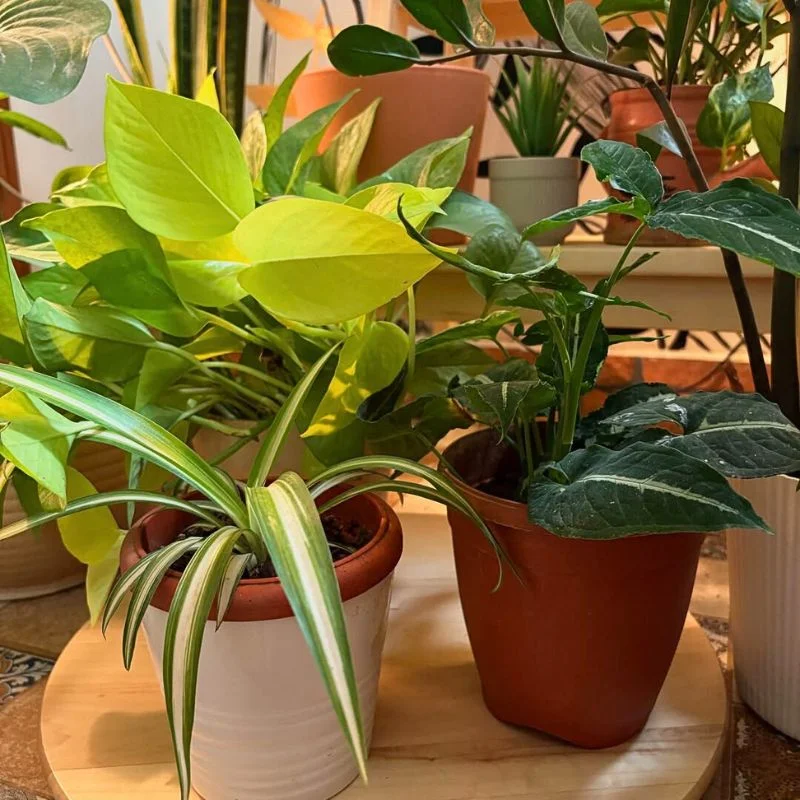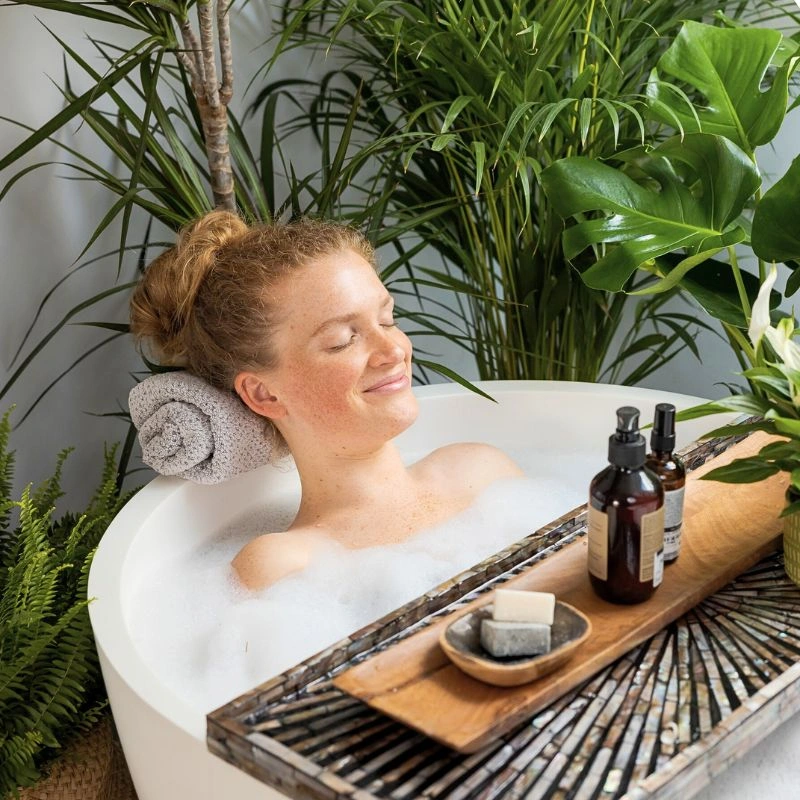Bringing indoor plants into your home is one of the most effective ways to enhance your space while promoting a sense of calm and well-being. Whether you're looking to improve air quality, add a pop of greenery, or embrace a natural aesthetic, plants in interior design offer a versatile solution. More homeowners are discovering the beauty and benefits of decorating with plants, making them a must-have in modern interiors. In this guide, we’ll explore how to incorporate plant decor into your home, from choosing the right varieties to styling them for maximum impact.
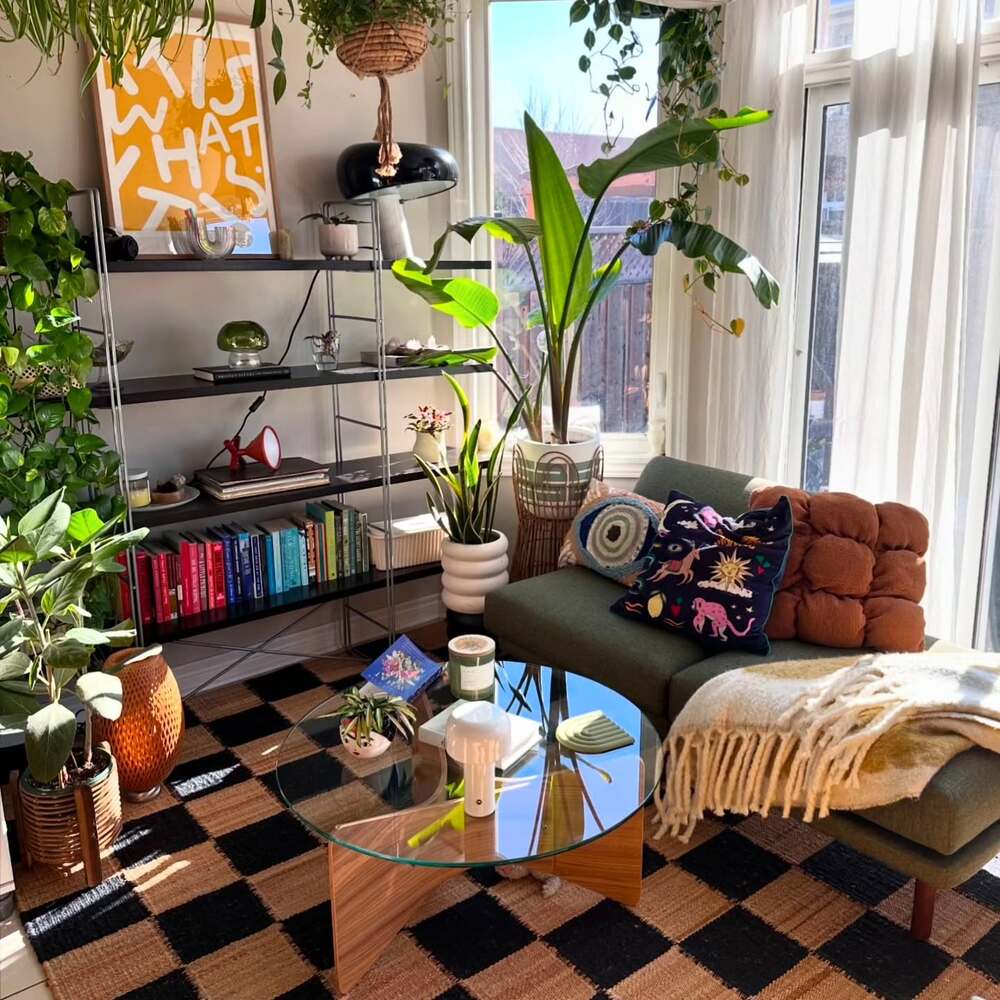
The Benefits of Adding Plants to Interior Spaces
The importance of plants in interior design extends far beyond aesthetics. They contribute to better air quality by filtering toxins and increasing oxygen levels. Studies have also shown that indoor plants can reduce stress, improve focus, and boost productivity—making them an excellent addition to home offices and living spaces.
The best interior designer in Miami FL will often incorporate plants used in interior design strategically, blending them with furniture, textures, and lighting to create harmonious, nature-inspired spaces. A well-placed floor plant can act as a statement piece in a room, while smaller potted plants bring warmth to bookshelves and countertops.
Beyond visual appeal, plants support emotional well-being. A home filled with greenery feels more inviting and relaxing, fostering a stronger connection with nature.
Choosing the Right Plants for Your Space
Not all plants thrive in every environment, so selecting the right ones for your home is key. Consider factors such as natural light, humidity levels, and maintenance requirements when choosing your indoor plants.
- Low-light plants: Snake plants, ZZ plants, and pothos are excellent choices for rooms with minimal sunlight.
- Bright-light plants: Fiddle-leaf figs, succulents, and rubber trees flourish in well-lit spaces.
- Pet-friendly options: If you have pets, opt for Boston ferns, parlor palms, or calatheas.
- Low-maintenance picks: For busy homeowners, aloe vera and peace lilies require minimal care.
Whether you prefer compact succulents or bold floor plants, selecting the right greenery ensures they thrive in your space.
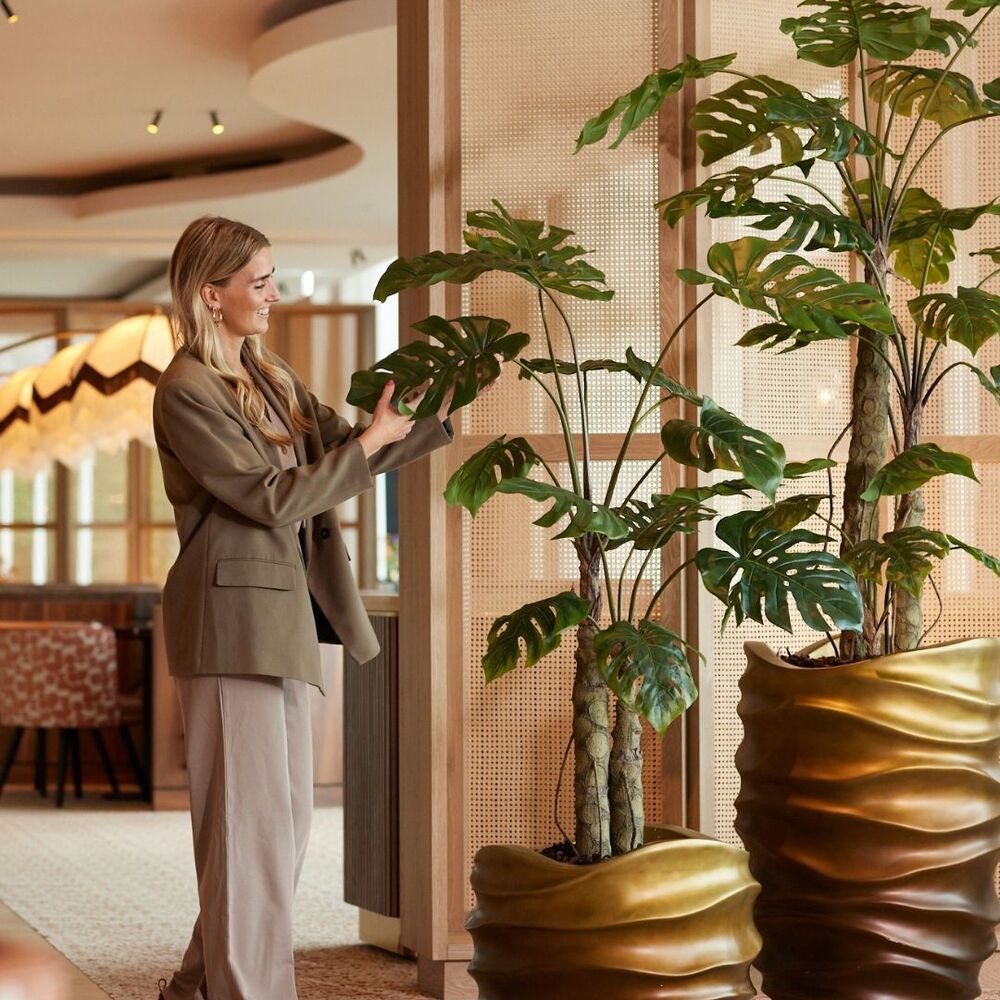
Creative Ways to Display Indoor Plants
Once you’ve chosen your plants, it’s time to showcase them creatively. Plants in interior design can be arranged in numerous ways to suit your style and space.
- Hanging planters add depth and dimension, making them perfect for small apartments or kitchens.
- Wall-mounted shelves allow you to create a lush green display without taking up floor space.
- Grouping plants of varying heights and textures creates a dynamic and visually appealing arrangement.
- Floor plants like monstera or fiddle-leaf figs make stunning statement pieces in living rooms and entryways.
Pairing your plant decor with stylish pots and stands enhances the overall look, making your greenery an intentional part of your home’s design.
Incorporating Plants in Different Rooms
Every room in your home can benefit from the beauty of indoor plants. Consider these plant room ideas to enhance each space:
- Living Room: Use a mix of statement floor plants, tabletop greenery, and hanging planters to create a cozy, inviting space.
- Bedroom: Choose air-purifying plants like lavender or peace lilies to promote relaxation and better sleep.
- Kitchen: Herbs like basil, mint, and rosemary serve as both decor and functional additions to your cooking space.
- Bathroom: High-humidity plants like ferns, orchids, and spider plants thrive in bathrooms with consistent moisture levels.
By tailoring your plant decor to each room, you can achieve a balanced and cohesive look throughout your home.
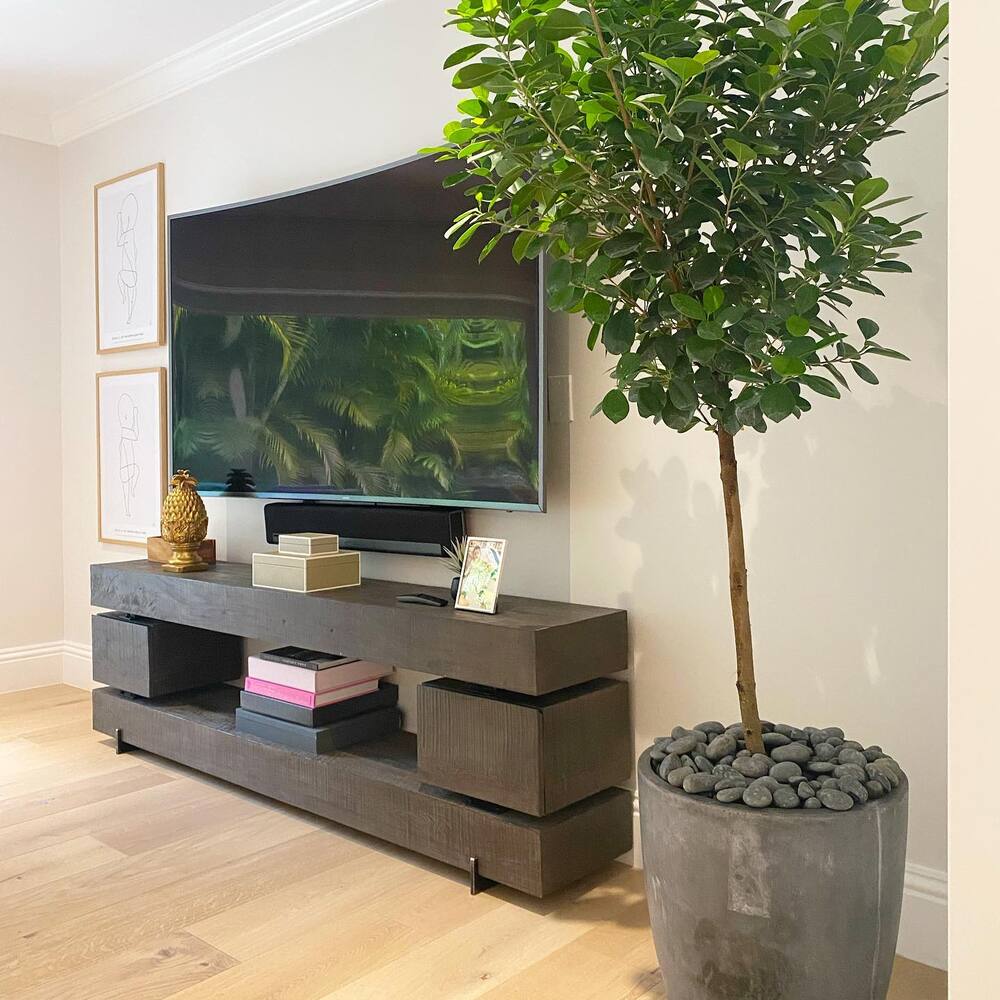
Caring for Your Indoor Plants
To keep your indoor plants healthy, proper care is essential. Here are a few tips to ensure your greenery thrives:
- Watering: Overwatering is a common mistake. Always check the soil before watering to prevent root rot.
- Soil and drainage: Use well-draining soil and pots with drainage holes to keep roots healthy.
- Light requirements: Make sure your plants receive the right amount of sunlight based on their specific needs.
- Pruning and repotting: Trim dead leaves and repot your plants as they grow to maintain their health.
Regular maintenance will keep your plants in interior design looking lush and vibrant, ensuring they continue to enhance your home.
Conclusion
Adding indoor plants to your home is a simple yet effective way to elevate your decor while promoting a sense of well-being. Whether you're incorporating small succulents, statement floor plants, or hanging vines, decorating with plants brings warmth and life to any space. By selecting the right greenery, displaying it creatively, and maintaining it properly, you can enjoy the many benefits of plants in interior design for years to come.
Start small with a single potted plant or go all-in with bold plant room ideas, either way, embracing nature indoors will transform your living space into a fresh and inviting retreat.

